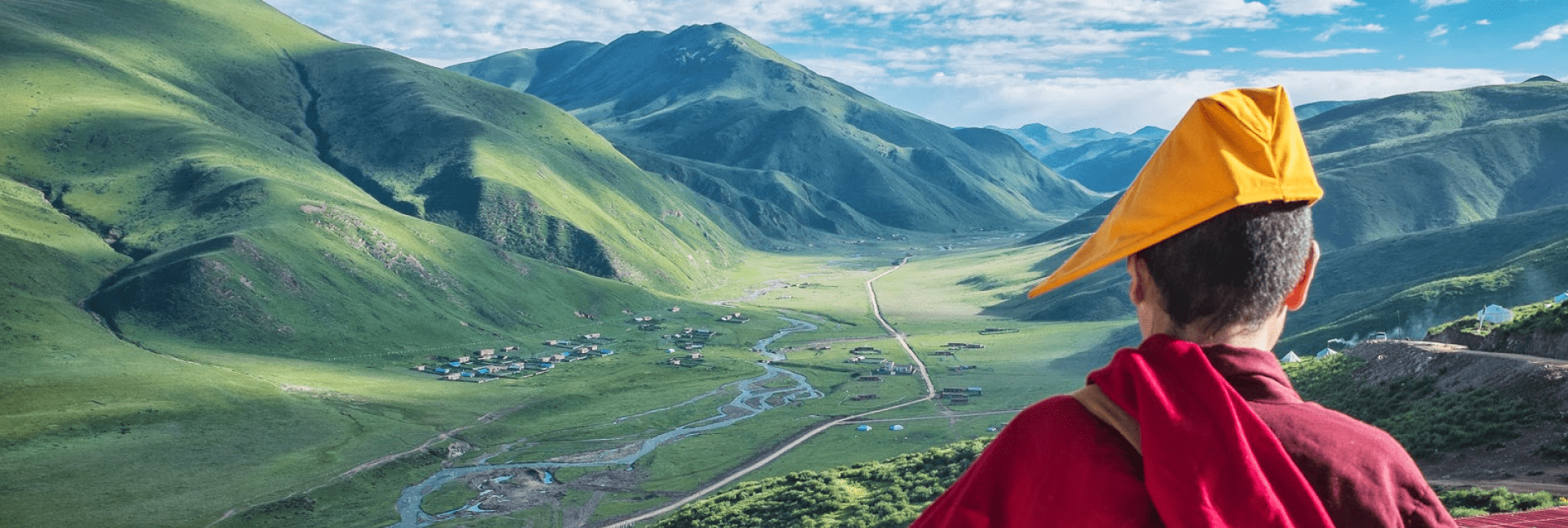There are clear parallels in the deployment of spyware and Universal Forensic Extraction Devices (UFEDs) at police checkpoints in both Tibet and Xinjiang. Similarly, sophisticated big data analytics platforms are in operation in both regions, and although specific systems might differ, the same overarching strategy of control and suppression through intelligence-led policing is evident in both regions.
Civilian AI-driven surveillance systems deployed in Tibet and Xinjiang originate in military Command and Control (C4ISR) systems-of-systems, and integrated PLA joint operations doctrine. Chinese software developers have acknowledged this evolution in which cities and towns where people live are treated like a battlefield.
The report is based on interviews with newly-arrived Tibetan refugees in India and other Tibetan sources, big data generated from official government sources, mobile digital forensics in the context of contemporary Tibet, and in-depth analysis of surveillance System Description Documents.
The report is released a day after the Tibetan Centre for Human Rights and Democracy published a groundbreaking report on transnational repression including, for the first time, 84 testimonies of Tibetan exiles.
Only a week ago, China faced international scrutiny over its human rights record during the fourth Universal Periodic Review (UPR) Working Group session of the United Nations Human Rights Council from 22 January to 2 February. 21 countries have raised serious concerns about rights in Tibet, with the UK and US governments criticising China’s intrusive surveillance methods.



